Section 3
Transport Across Membranes
By Boundless
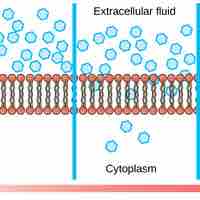
Diffusion is a process of passive transport in which molecules move from an area of higher concentration to one of lower concentration.
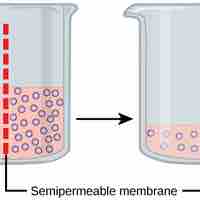
Osmosis is the movement of water across a membrane from an area of low solute concentration to an area of high solute concentration.
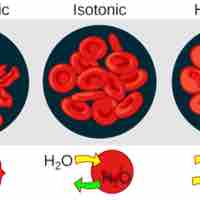
Tonicity, which is directly related to the osmolarity of a solution, affects osmosis by determining the direction of water flow.
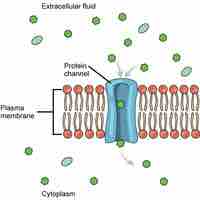
Facilitated diffusion is a process by which molecules are transported across the plasma membrane with the help of membrane proteins.

Passive transport, such as diffusion and osmosis, moves materials of small molecular weight across membranes.
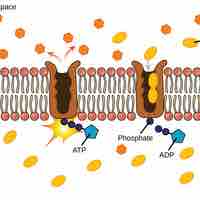
The sodium-potassium pump maintains the electrochemical gradient of living cells by moving sodium in and potassium out of the cell.
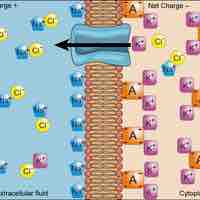
To move substances against the membrane's electrochemical gradient, the cell utilizes active transport, which requires energy from ATP.
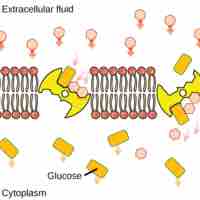
In secondary active transport, a molecule is moved down its electrochemical gradient as another is moved up its concentration gradient.
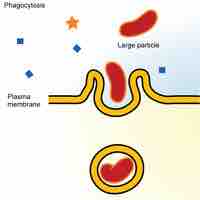
Endocytosis takes up particles into the cell by invaginating the cell membrane, resulting in the release of the material inside of the cell.